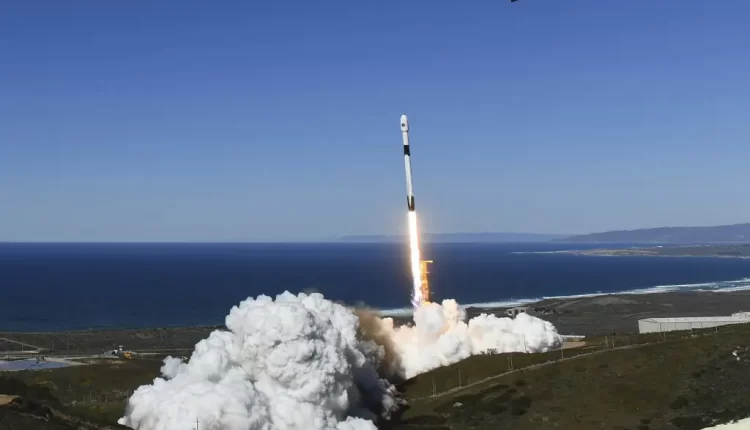Both North and South Korea are striving to launch their first spy satellites into space by the end of this month, resulting in a rivalry for military capabilities in space.
North Korea has informed Japan of its intention to launch a satellite between this Wednesday and the first day of December, following two unsuccessful attempts to launch spy satellites earlier in the year.
Meanwhile, South Korea plans to launch its first domestically developed military reconnaissance satellite into space on November 30 aboard a SpaceX Falcon 9 rocket from California’s Vandenberg Air Force Base.
Seoul intends to use SpaceX to launch four additional spy satellites by 2025. It has also tested its own liquid and solid propellant-powered rockets for future satellite launches.
For the first time, a functioning reconnaissance satellite could allow North Korea to remotely monitor U.S., South Korean, and Japanese military forces.
Meanwhile, satellite installation in South Korea would reduce the country’s reliance on American intelligence systems.
“Both Koreas stand to benefit to different degrees from the acquisition of independent space-based reconnaissance capabilities,” according to Ankit Panda of the Carnegie Endowment for International Peace in the United States.
He further added, “There is no doubt an element of prestige here, too, for both sides, but the practical benefits are a primary driver.”.
Russian President Vladimir Putin gave Kim Jong Un a tour of Russia’s modern space launch facility in September, promising to help Pyongyang in the development of satellites.
The two Koreas could use such satellites for increased early warning capabilities, military targeting and damage assessments in the event of a war, and communications, among other uses, stated Chun In-bum, a retired South Korean army general.
He also believes that even if North Korea succeeds in their upcoming launch, they will be far from having a reconnaissance capability with significant military value, while South Korea’s capabilities are more advanced, but more progress is needed to see results.


